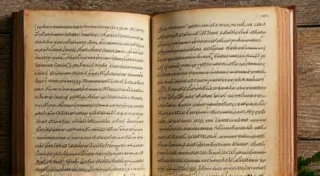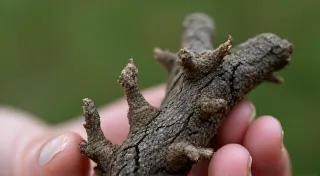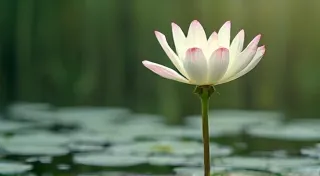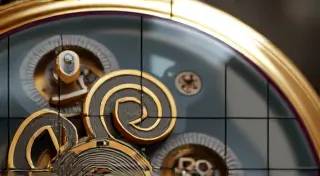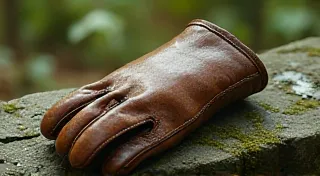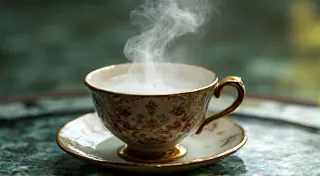The Silent Symphony: Unearthing Stories in Cracked Bellows
There's a peculiar magic held within the aged wood and metal of an antique accordion. It’s more than just a musical instrument; it's a time capsule, a silent storyteller brimming with echoes of laughter, tears, and countless melodies played for generations. To hold one is to connect with a lineage of musicians, travelers, and dreamers – a feeling particularly poignant when confronted with the inevitable signs of age: the cracked bellows, the faded keys, the slightly warped reeds.
I remember the first antique accordion I ever encountered. It wasn's in a pristine shop window, but in the dusty attic of my grandmother’s house. Covered in a thick layer of grime, it was a hulking, intimidating presence. My grandfather, a man of few words, simply nodded towards it and said, “That was your great-grandfather’s.” He didn’t elaborate on its history, but the weight of that single sentence, the sense of inherited legacy, resonated deeply within me. It sparked a curiosity, a desire not just to understand *how* it worked, but *who* had breathed life into it before.
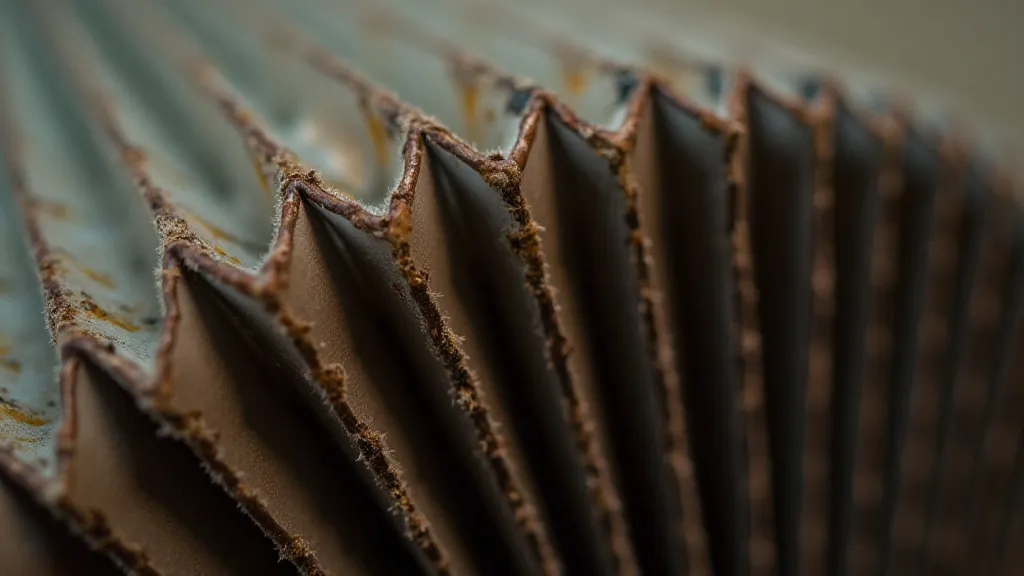
A Brief History: From Europe to the World
The accordion, as we recognize it today, has a relatively short but fascinating history. Its direct ancestors, the free-reed instruments like the Chinese *sheng* and European concertinas, date back centuries. However, the modern accordion, attributed largely to Cyrill Demian and Giovanni Bordona in the mid-19th century, emerged in Vienna and Bologna, respectively. Its immediate popularity exploded – a portable, relatively simple-to-learn instrument capable of producing a remarkable range of sounds. The rich history of free-reed instruments is complex, and a deeper dive reveals a tapestry of innovation and cultural exchange.
From Europe, the accordion embarked on a global journey. It became a mainstay in folk music traditions worldwide, lending its distinctive voice to polkas in America, tango in Argentina, and fado in Portugal. The instrument's versatility contributed to its appeal; it could be both a solo performer and a vital accompaniment to bands and orchestras. The early 20th century saw accordions used extensively in traveling circuses and vaudeville shows, carrying tunes across continents and providing entertainment for countless audiences. Imagine the vibrant scenes, the energy of a travelling circus, fueled by the infectious rhythms of an accordion – a powerful symbol of a bygone era. These musicians weren't just playing notes; they were weaving narratives, preserving traditions and entertaining crowds with their mastery of the instrument.
The Whisper of Former Hands
Each imperfection on an antique accordion – the worn buttons, the chipped keys, the slight discoloration of the wood – tells a silent story. These aren’t just signs of wear and tear; they are evidence of a life lived, a purpose served. Imagine the calloused fingers of a traveling musician, playing late into the night, earning a meager living through the power of music. Picture a young woman learning to play for her sweetheart, her melodies echoing through a quiet parlor. Consider a family gathering, the accordion filling the room with joy and laughter. The details are critical, the tiniest marks whispering tales of dedication, passion, and shared moments.
It's tempting to see these imperfections as flaws, something to be “corrected” during restoration. But often, these very imperfections are what make the instrument unique and compelling. Removing them risks erasing a vital piece of its history. The small scratch on a button might mark the spot where a child’s hand first learned to press it. The slight bending of a reed could be a consequence of a particularly passionate performance. One can almost hear the echoes of the past when appreciating the nuances of the instrument’s imperfections.
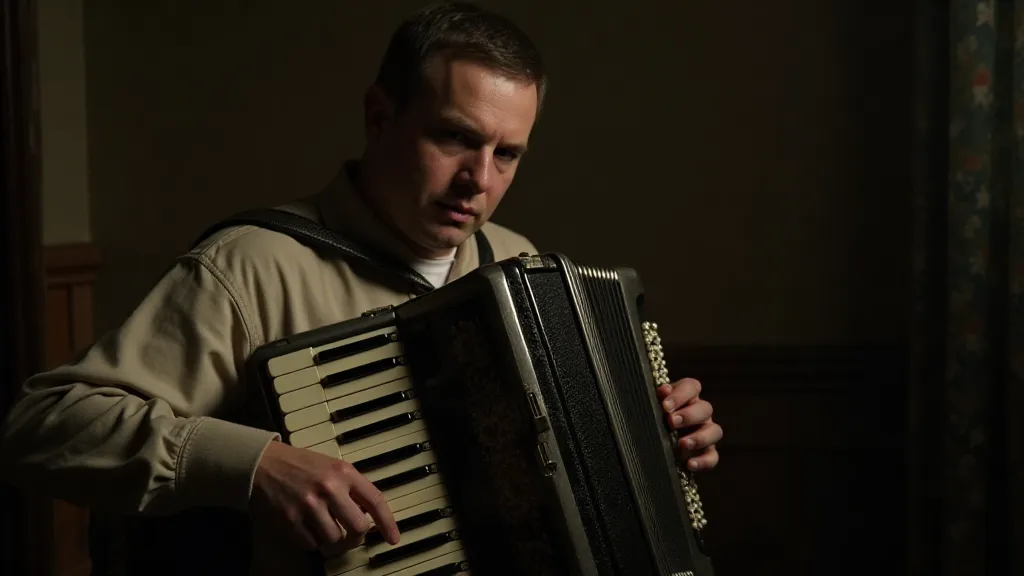
The Art of Restoration: Respecting the Past
Restoring an antique accordion isn’t simply about bringing it back into playable condition; it’s about preserving its history and character. It’s a delicate balance between functionality and authenticity. A purist might argue for minimal intervention, replacing only what is absolutely necessary and striving to retain as much of the original material as possible. Others might lean towards a more complete restoration, aiming for optimal playability and appearance. The right approach depends on the instrument's condition, its historical significance, and the owner’s personal preferences. A crucial aspect of appreciating these instruments involves understanding the delicate art of preserving their original sound. For those eager to further explore the intricacies of timbre and the quest to recreate the authentic voice of a vintage accordion, delving into the principles of A Palette of Sound: Matching Reeds to Original Timbre can provide valuable insights.
Crucially, any repair should be reversible. Using modern materials where appropriate, but always prioritizing methods that allow future restorers to undo the work if a better technique emerges. Replacing bellows is common, for example, but choosing materials that match the original, both in appearance and functionality, is key. The same holds true for reed voicing – a complex and nuanced process that requires a deep understanding of the instrument’s acoustics. The challenge lies in not just restoring the physical instrument but also preserving the spirit of the music it once created.
The most rewarding aspect of accordion restoration is the connection you forge with the instrument's past. You’re not just repairing a machine; you’re breathing new life into a legacy. You’re becoming a custodian of a story. This sentiment resonates deeply with the experience of appreciating the stories each button and key can tell. Indeed, the nuances of the keys, the very language they speak, have been the subject of fascinating study, as explored in The Button's Whisper: Decoding the Language of Antique Accordion Keys.
Collecting and Appreciation
Collecting antique accordions isn’t just about accumulating beautiful objects; it’s about safeguarding cultural heritage. These instruments represent a tangible link to the past, offering a window into the lives and traditions of previous generations. The market for antique accordions varies greatly, with prices influenced by factors such as maker, condition, rarity, and provenance. Some of the most sought-after makers include Pierrot, Excelsior, and Paolo Soprani. The thrill of the hunt, the discovery of a hidden gem – it's an experience that connects collectors to a rich and vibrant history.
Beyond the monetary value, however, lies the intrinsic worth of these instruments. The joy of playing a well-restored antique accordion, knowing that you are carrying on a tradition spanning centuries, is immeasurable. The music it produces isn't just a series of notes; it’s a conversation with the past, a testament to the enduring power of human creativity. The captivating essence of those melodies, particularly those associated with specific regions and cultural traditions, often carry the echoes of forgotten dances and heartfelt tales. It is through appreciating these sounds, and the intricate tuning systems that shaped them, that we can unlock a deeper understanding of musical evolution. For those intrigued by such explorations, Achromatic Dreams: Experimenting with Alternative Tuning Systems on Antique Accordions offers a fascinating perspective.
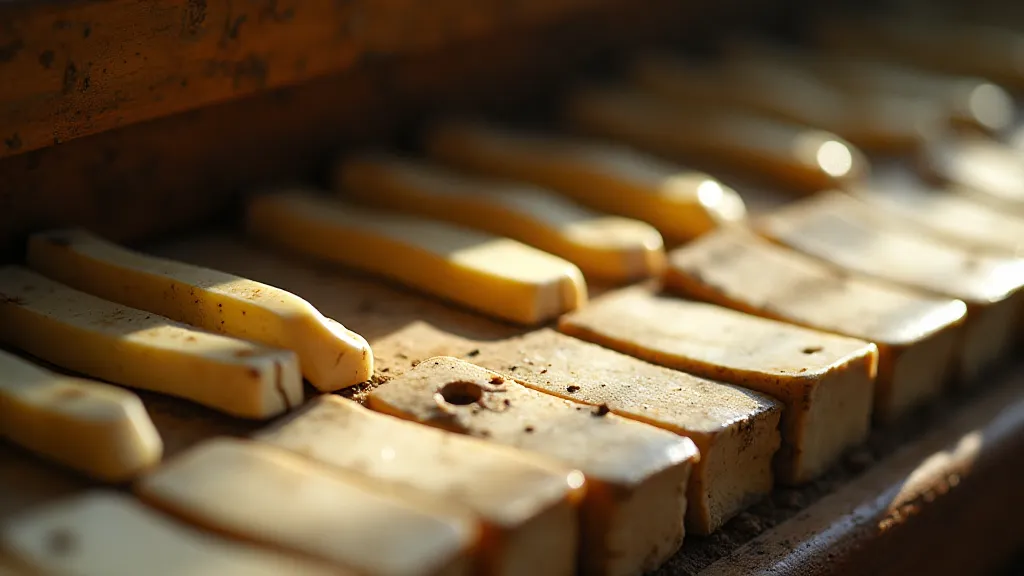
The power of these instruments extends far beyond the purely functional. The sounds they produce can evoke a wide range of emotions, from joy and excitement to sadness and nostalgia. Consider the melancholic strains of a polka, the passionate rhythm of a tango, or the soulful melody of a fado. Each of these traditions carries its own unique history and cultural significance, and the accordion plays a vital role in preserving and celebrating these legacies.
The instruments themselves are works of art, showcasing the skill and craftsmanship of the artisans who created them. The intricate carvings, the elegant curves, the delicate details – each element contributes to the overall beauty and appeal of the instrument. Owning an antique accordion is like owning a piece of history, a tangible link to a bygone era.
The legacy of these instruments is also evident in their continued use in contemporary music. Many modern musicians incorporate the accordion into their performances, breathing new life into this venerable instrument and introducing it to new audiences. The accordion is a testament to the enduring power of music to transcend boundaries and connect people from all walks of life.
Next time you encounter an antique accordion, take a moment to appreciate its silent symphony. Listen closely, and you might just hear the echoes of laughter, tears, and countless melodies – a testament to the enduring power of music and the stories held within cracked bellows. And who knows, you might even feel inspired to learn to play one yourself, joining a long and illustrious line of musicians who have shared their talents with the world.
